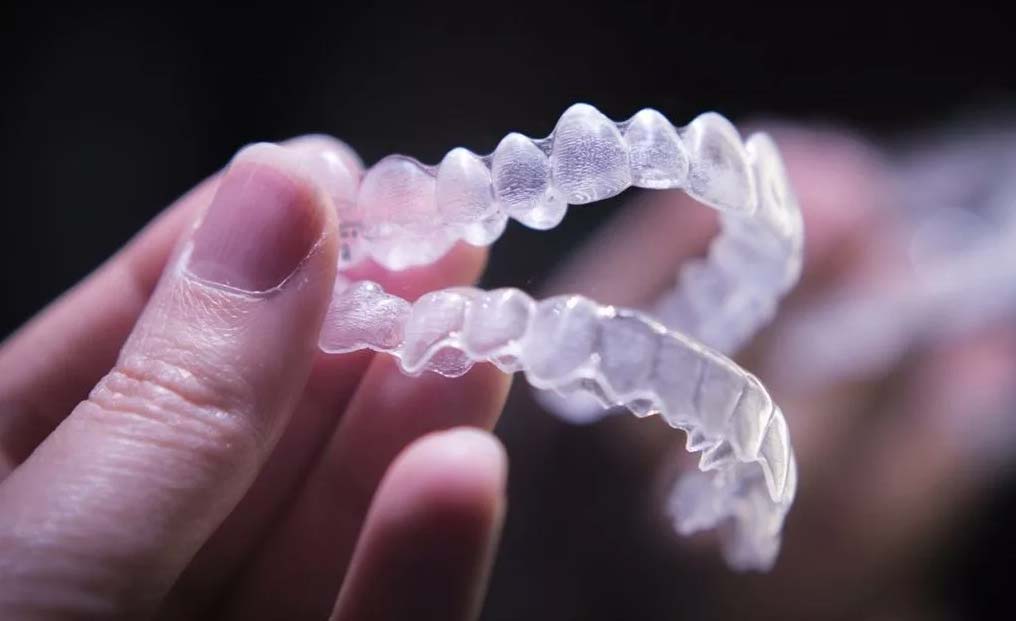The field of orthodontics may seem like a modern invention, with popular orthodontic treatment such as braces almost a “rite of passage” in the modern world. But the history of orthodontics is in fact a long and fascinating one. Many ancient cultures developed surprisingly advanced methods for straightening and preserving the alignment of teeth.
Read on to discover more about the history and evolution of braces, and when clear aligners were invented (hint – it’s more recent than you think!).
Ancient civilisations that used braces for teeth
Healthy teeth and an attractive smile have long been considered to be desirable.
Ancient civilisations that used braces:
- The Egyptians. Archaeologists have discovered the remains of Egyptian mummies with metal posts on their teeth affixed with cord from catgut (sheep or horse intestine), which acted as the arch wire in modern braces – the device that places pressure on teeth and causes them to shift into alignment. The importance of the afterlife in Egyptian culture meant that braces were often used on the dead rather than the living.
- The Ancient Romans. Never a culture to be left behind, the Ancient Romans were the first civilisation to use braces to align the teeth of their living subjects. Fine gold wire – called ligature wire – has been found threaded through teeth in a number of Roman burial sites.
- The Etruscans. The Etruscans used a form of mouthguard to protect the alignment of their dead subject’s teeth, with the goal of preserving them for the afterlife.
- The Ancient Greeks. The history of orthodontics in Greece dates back as far as 1000 BC, according to archaeologists.

Modern braces were invented in 1819 by Christophe-Francois Delabarre. The French had evolved the field of dentistry in the 1700s, with notable advances including custom mouthguards and removing wisdom teeth to manage overcrowding. However, it was Delabarre who created the precursor to braces as we know them today. He devised a woven wire or ‘crib’ that was fitted over both the upper and lower teeth and worn for an extended period, with the aim of straightening teeth over time.
Not until 1997! Inspired by his own orthodontic treatment, a Stanford graduate named Zia Chishti envisioned an invisible clear plastic retainer that would perform the same straightening action as traditional metal braces without the need for arch wire or regular adjustments. He collaborated with Kelsey Wirth – a fellow Stanford graduate – to create custom clear aligner trays using the latest computer software. They named the invention Invisalign, or clear aligners. While clear aligners were invented in 1997, it didn’t become available to the public until 2000. Today, there are many different clear aligner brands, including Invisalign®, Spark® and 3M Clarity.

Edward Angle (1855-1930) is known as the “Father of Orthodontics”. Angle’s original classification of malocclusion (malocclusion literally means “bad bite”) from 1899 is still used today. Angle designed many types of orthodontic appliances and is largely credited with evolving orthodontic treatment from a speculative process into an exacting science. Angle firmly believed that due to its complexity, orthodontics required specialist training and he subsequently established the first postgraduate program devoted exclusively to orthodontics. Universities throughout the world have since continued this training ever since, with graduating specialists now known as orthodontists.
While the history of braces extends back to the ancient world, you can rest assured that modern braces are now crafted from the latest cutting-edge technology.











